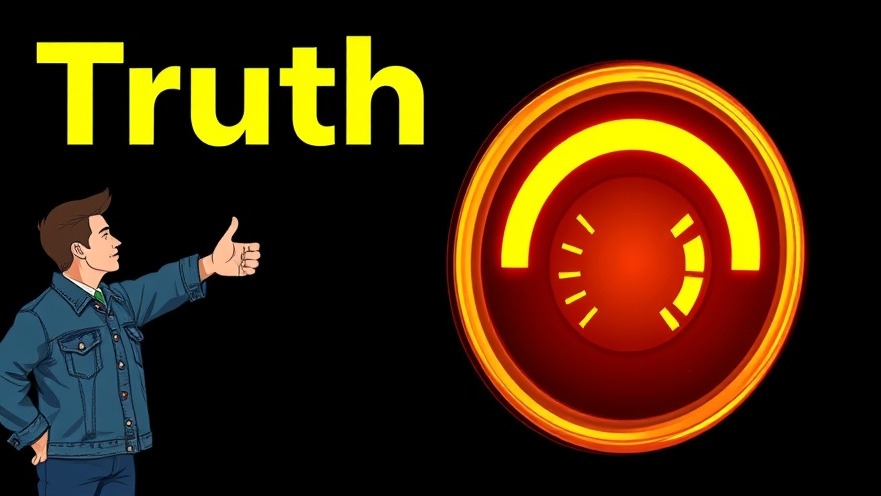
What Does the Reduced Engine Power Light Really Mean?
Have you ever been driving down the road when suddenly, the reduced engine power light pops up on your dashboard? It’s a nerve-racking experience, one that can leave drivers unsure of what to do. This light indicates that your vehicle is operating under a safety mode known as 'limp home mode,' which is designed to prevent further damage to your engine. While it might still be safe to drive under certain conditions, it’s essential to understand the implications of this warning light as soon as it appears.
In 'No One is Telling You the Truth About Check Engine Lights, So I Have to,' the discussion reveals essential insights about car warning lights, prompting us to expand on this crucial topic.
Common Causes for Reduced Engine Power
There can be a multitude of reasons why this light turns on, ranging from a weak battery to issues with the transmission or a malfunctioning sensor. For instance, if your temperature gauge is high, it could mean your engine is overheating, and you should pull over immediately. Alternatively, if your car just stumbles occasionally, it might be a sensor issue that could be diagnosed easily.
The Importance of Diagnostic Scanners
One of the best investments you can make as a car owner is a diagnostic scanner. Tools like the BlueDriver or even affordable options like the AL319 can read the codes generated by your car, giving you insight into what might be wrong. With this information, you can take informed action rather than leaving it to chance or, worse, getting ripped off at a mechanic's shop.
Practical Solutions When Your Engine Light Is On
When faced with the reduced power light, it’s imperative to investigate the underlying problem. First, check your coolant levels; sometimes, it could be as simple as being low on fluid. In emergencies, you can use straight water to keep your engine cool until you can make repairs. However, it's important to address any issues promptly, especially if the check engine light starts flashing. This could indicate a serious issue like damage to your catalytic converter, which can lead to expensive repairs.
Caution: When Not to Drive
If you notice that the check engine light is flashing on and off in conjunction with the reduced engine power light, it's best to stop driving immediately. This combination of signals often indicates a serious malfunction that could lead to severe engine damage. Towing your vehicle to a mechanic might save you from significant repair costs in the long run.
Why Knowledge is Power
Ultimately, being informed empowers you as a driver. Understanding what the reduced engine power light means and how to troubleshoot potential problems with tools at your disposal can save you time, money, and stress. Many drivers have reported successfully diagnosing problems themselves using tools they purchased for under $100. This knowledge not only prevents unexpected repair costs but also helps you communicate effectively with mechanics.
As car owners, it's essential to be proactive about our vehicles. Familiarizing ourselves with common warning lights and investing in diagnostic tools is a practical approach that can ultimately lead to safer and more cost-effective vehicle management. Remember, your car's dashboard is designed to keep you informed—so don't ignore those warning lights!
 Add Row
Add Row  Add
Add 




Write A Comment